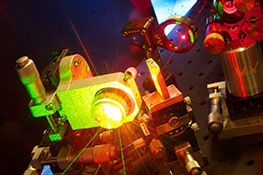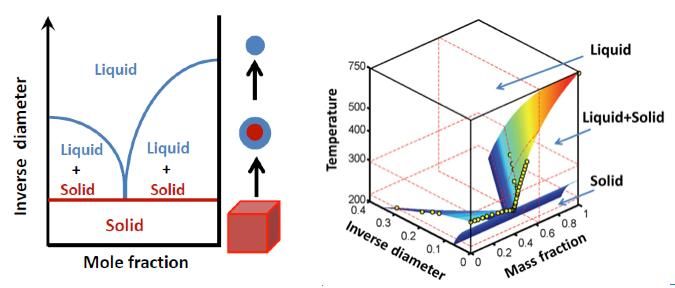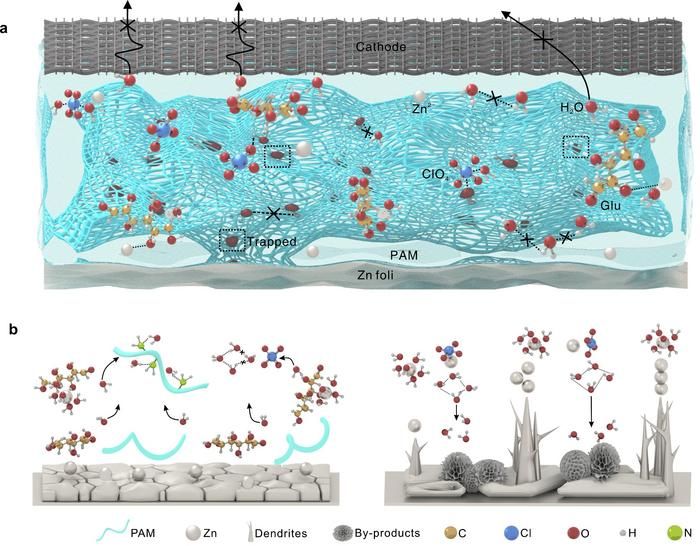Diamonds are a laser's best friend
Tomorrow's lasers may come with a bit of bling, thanks to a new technology that uses man-made diamonds to enhance the power and capabilities of lasers. Researchers in Australia have now demonstrated the first laser built with diamonds that has comparable efficiency to lasers built with other materials.
This "Raman" laser has applications that range from defense technologies and trace gas detectors to medical devices and satellite mapping of greenhouse gases. The special properties of diamonds offer a stepping stone to more powerful lasers that can be optimized to produce laser light colors currently unavailable to existing technologies.
Richard Mildren of Macqaurie University in Sydney, New South Wales, Australia and Alexander Sabella of the Defence Science and Technology Organisation in Edinburgh, South Australia developed the device, described in the current issue of the Optical Society (OSA) journal Optics Letters.
"Diamond is quite a bizarre material with unique and extreme properties," says Mildren. "Single crystal diamond is very new on the scene as an optical and laser material."
Existing Raman lasers typically use crystals of silicon, barium nitrate or metal tungstate to amplify light created by a pump laser. Compared to these materials, diamond has a higher optical gain (ability to amplify) as well as a greater thermal conductivity (ability to conduct heat), making it ideal for high-power applications. Diamond crystals also can be made to generate a wider variety of wavelengths of light, each of which have its own applications—from ultraviolet light at 225 nanometers to far-infrared light at 100 microns.
In 2008, Mildren built the first diamond Raman laser, reported in Optics Express, OSA's open-access journal. This proof-of-principle device was only 20 percent as efficient as the best barium nitrate lasers.
In the past year, the industrial process used to grow these artificial diamonds—chemical vapor deposition—has greatly improved, allowing the synthesis of crystals with a lower birefringence (less likely to split apart an incoming beam of light).
"The material is now good enough to start moving into applications that are of real practical interest," says Mildren.
Now Mildren's current laser, which uses a 6.7 mm long diamond, achieves an efficiency of 63.5 percent, which is competitive with the 65 percent efficiency achieved by existing Raman lasers. The device is currently optimized to produce yellow laser light useful for medical applications such as eye surgery, and other applications should be possible with different optimization schemes.
Original publication: R.P. Mildren et al.; "Highly efficient diamond Raman laser"; Optics Letters 2009, Vol. 34, Issue 18, pp. 2811-2813
Other news from the department science
Most read news
More news from our other portals
See the theme worlds for related content
Topic world Synthesis
Chemical synthesis is at the heart of modern chemistry and enables the targeted production of molecules with specific properties. By combining starting materials in defined reaction conditions, chemists can create a wide range of compounds, from simple molecules to complex active ingredients.

Topic world Synthesis
Chemical synthesis is at the heart of modern chemistry and enables the targeted production of molecules with specific properties. By combining starting materials in defined reaction conditions, chemists can create a wide range of compounds, from simple molecules to complex active ingredients.






































































